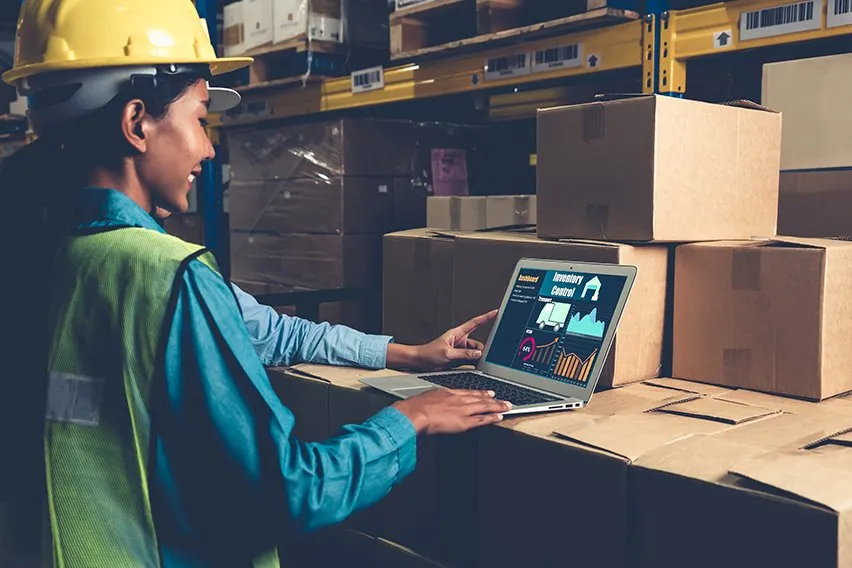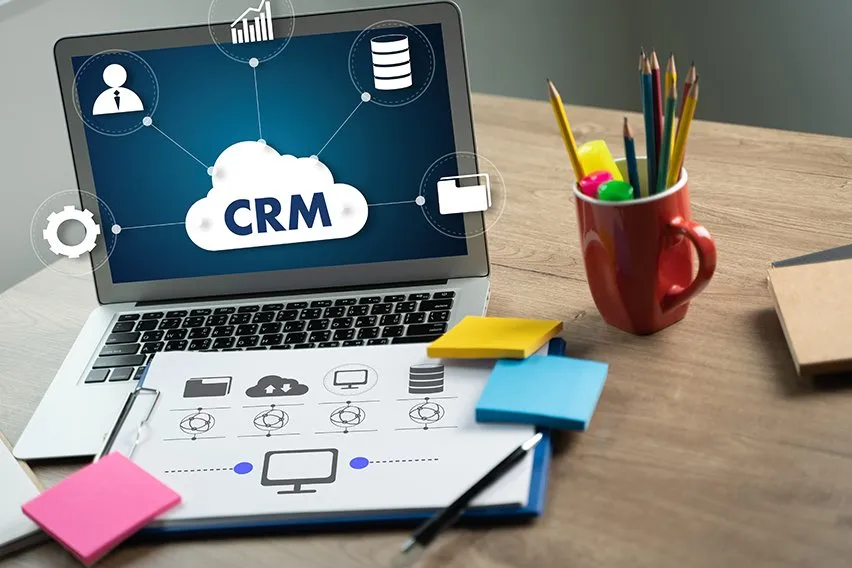What Is Backordering in Materials Management?

Ever wondered how backordering in materials management works? It’s selling inventory you don’t have yet. Here’s everything you need to know!
What happens when you need to order something that isn’t available? Have you completely run out of inventory? You know the manufacturer is producing more, but what do you do while you wait? Do you stop your entire supply chain and not accept any new orders?
It doesn’t necessarily come down to selling, but rather the ability to handle the customer demand. And that’s where backordering comes into play. Backordering allows your customers to continue to shop for or purchase a product even if you don’t have enough of it in your inventory.
There are benefits to backordering, but there are also some other things to take into consideration. Here is everything you need to know about backordering in materials management!
Here’s What We’ll Cover:
What Is Backordering?
Backordering is when a customer wants to order something that you don’t have or the manufacturer hasn’t produced yet. It’s very similar to stockouts, but instead of just not having an item in your inventory, the supplier you purchase your items from doesn’t have it, either.
It essentially comes down to orders you aren’t able to fill or having more orders than your inventory can handle. When this happens, it usually indicates that the demand for a product far outweighs its supply. This contributes to the amount of time that it will take before your customer receives their product. The more items that are backordered, the higher the demand.

Even if you don’t have an adequate supply of inventory, you can still do business and sell products. You don’t need to stop overall operations and run the risk of losing customers. Backordering helps with increasing demand and adding value to the product that is backordered.
When a product is backordered, it’s important to communicate details with customers that made a purchase. Or even with customers who were thinking of purchasing it. Let the customer know that the product is on backorder when they place the order and when they can expect it to be delivered. This will help with customer satisfaction and will allow you to continue to record sales.
Benefits of Backordering
There are some big benefits to backordering if it is handled correctly. Here are some of the main benefits.
The Value of the Product Can Increase
Some companies use backordering as a tactic to drive demand and increase the value of their product. They can do this by launching a product and allowing customers to purchase it before it’s even ready to be shipped. The customer feels a sense of added value by being one of the first customers to get the product.
Customer Buying Patterns Can Be Better Understood
Overall sales, evolving trends and customer behavior can all be analyzed when backordering occurs. You can forecast future sales and consider how different trends could affect your customer base. Plus, you can figure out optimal inventory levels to determine how much stock you might need in the future.
Cost Cutting
Balancing inventory and items in stock is a delicate process. You don’t want too little and you don’t want too much. You could be left with excess storage space in your warehouse or have to expand to accommodate the amount of inventory you do have.
Backordering can help manage those costs and reduce them where possible. Even if you don’t have the inventory of a product, backordering allows you to continue to make sales and contribute to your bottom line. And you don’t have to worry about how much stock you have on hand.
It all comes down to this:
You have no product and your warehouse is completely empty. Demand for the product is increasing but you don’t know when you will receive more from your supplier.
So, you can do one of two things. Lose out on sales and disappoint your customers. Or use a backordering strategy to drive further demand for the product and provide additional value to your customers.
What do you think you would do?

Disadvantages of Backordering
Backordering can work well for businesses if you use the right strategy. But if backorders aren’t handled correctly they can cause issues to how your business operates and overall revenue. You can not only lose out on sales, but you can also lose loyal customers.
If an item is backordered, customers might decide to go somewhere else to purchase a similar product. Or, maybe your competitor still has a few of the items in their inventory. Inventory that isn’t managed properly can contribute to an overall loss of market share. This is due to not consistently having the right amount of product.
And it will lead to frustrated customers who might decide to cancel an order because the wait time is too long. You can lose business if you aren’t able to keep your customers happy.
Key Takeaways
It all comes down to your approach to customer service and having an effective inventory management process. Backordering can be a good or a bad thing depending on how you approach it. If you find your business doing a lot of backordering, make sure that you communicate the relevant details with your customers.
There’s nothing worse from a customer standpoint than purchasing a product and getting poor customer service. By communicating and giving details for when they can expect to receive it, they are more likely to stick it out instead of canceling the order. This will lead to higher customer satisfaction, an increase in demand and allow you to meet customer expectations.
And when there’s an increase in demand, sales can continue to rise even if you don’t have the product in your inventory. Use an inventory management system to help with backorders and communicate details to your customers.
Did you enjoy this guide? Head over to our resource hub for more great content!
RELATED ARTICLES
 5 Top Sales Management Software & Tools For Sales Team
5 Top Sales Management Software & Tools For Sales Team What Is Performance Improvement? How to Create an Improvement Plan
What Is Performance Improvement? How to Create an Improvement Plan What Is Predictive Analytics & Why Is It Important?
What Is Predictive Analytics & Why Is It Important? 5 Best Manufacturing Inventory Management Software
5 Best Manufacturing Inventory Management Software 5 Best Customer Database Software & Tools
5 Best Customer Database Software & Tools How to Write a Business Pitch: 10 Best Ways
How to Write a Business Pitch: 10 Best Ways